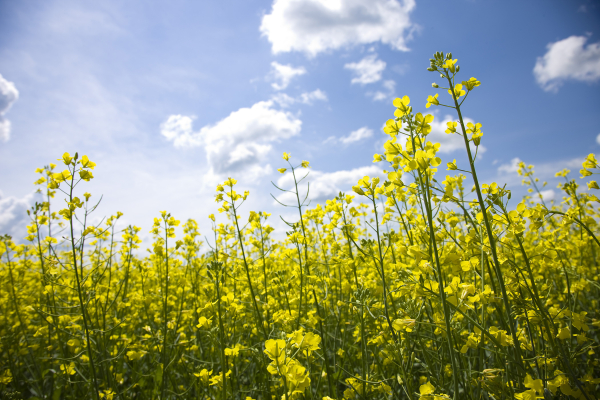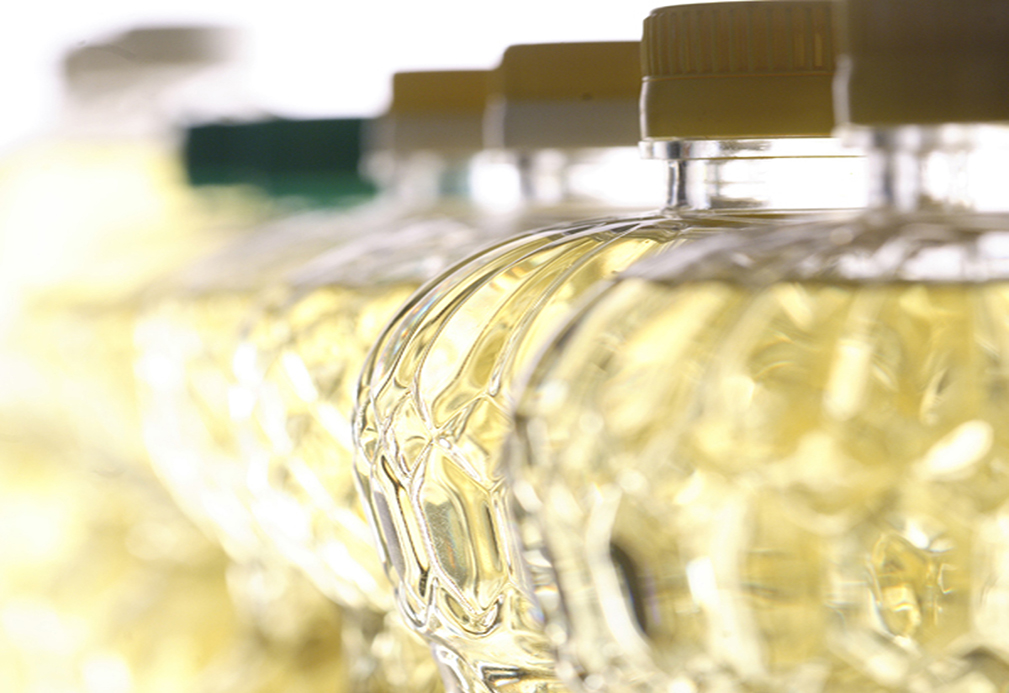Canola Oil: Separating Fact from Fiction
Canola oil is one of the healthiest culinary oils in the world with zero trans fat and the lowest amount of saturated fat of all common cooking oils. In fact, canola oil is recognized as a heart-smart oil by many health organizations. It has been rigorously tested and approved by authoritative scientific bodies for human consumption and yet canola oil is often the subject of misinformation and disinformation. Learn the facts here:
Q: What is canola oil and where does it come from?
A: Canola is a crop that is grown widely in Canada, Europe and Australia as well as in several areas in the United States. Canola plants produce beautiful small yellow flowers which develop into pods, resembling pea pods. Each pod contains tiny seeds made of about 45% oil. After harvesting, the seeds are crushed to release the oil.

Q: Was canola developed through genetic engineering?
A: Canola was developed from rapeseed during the 1960s and 70s, long before biotechnology was available. The new plant, which is lower in two unwanted components of rapeseed, was given the name "canola" with an internationally regulated definition. Traditional breeding was also used to develop high oleic canola oil to be used by the food industry instead of sources of artificial trans fat. Plant breeders are constantly making improvements to help farmers deal with challenges such as drought, pests and crop diseases. Today, many different varieties of canola are available including genetically modified (GM) and non-GM canola.
Click here for more information on biotechnology.
Q: How is canola oil processed?
A: Canola oil is processed similarly to other seed oils. Canola oil can be produced by simply crushing the canola seeds to extract the oil. Depending on the temperature conditions used, this is referred to as “expeller-press” or “cold-press” and removes about 80% of the oil. The canola meal that remains is used as a protein-packed animal feed. Raising the temperature slightly, allows more of the oil to be released from the seed. Oil is not water-soluble so hexane, a solvent approved for oil extraction, can be used to remove more of the oil. The hexane extraction is done under carefully controlled conditions and is recycled and reused. It does not stay in the oil or the meal.
Following extraction, canola oil can be further refined to remove minor components, producing a shelf-stable, clear and neutral tasting oil. Although the term “bleaching” is used to describe this process, it refers to the removal of color pigments by a filter containing natural clay. While any oil is susceptible to damage from air, heat and light, great care is taken during processing to ensure the finished product is of high quality. Canola oil processed in this way and stored at room temperature will last approximately one year.
Click here for more information on canola oil processing.

Q: Have there been any human studies on canola oil?
A: Canola oil has undergone rigorous testing in humans. Clinical trials to examine canola oil and its effects on the body have been conducted by many different investigators, involving thousands of human volunteers over the decades and published in peer-reviewed scientific journals. Canola is Generally Regarded as Safe (GRAS) for human consumption, including use in infant formula.
A comprehensive list of nutrition research about canola oil is available here.
Related information: Canola Oil: Separating Fact from Fiction factsheet
